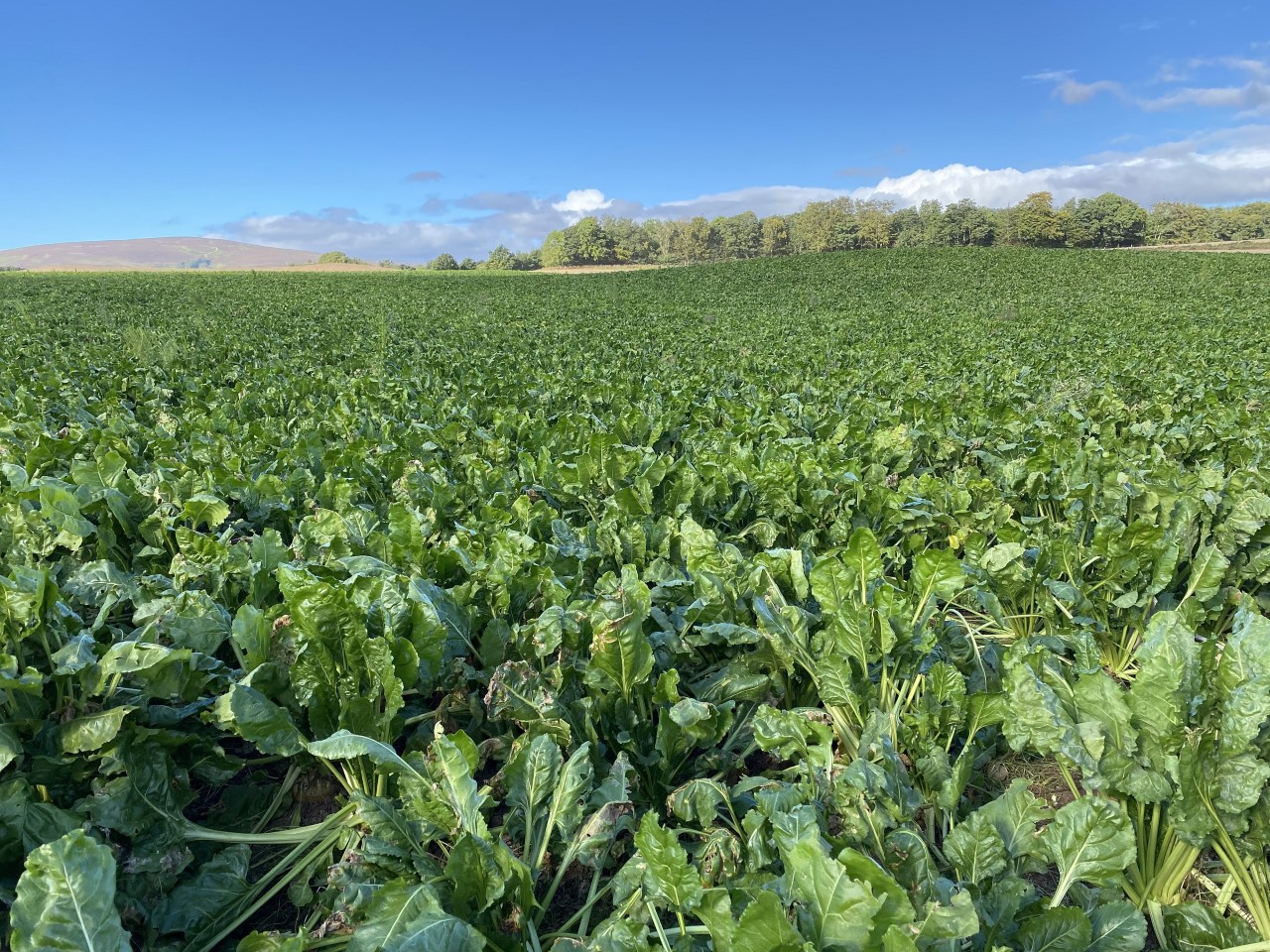



Positive projections for EU agriculture in latest short-term outlook
Europe's agriculture sector is expected to flourish as restaurants and food services come back online and COVID-19 vaccination ramps up across the trading bloc.
With significant progress made in the COVID-19 vaccination campaign throughout the EU, food services are reopening and travel restrictions are being progressively lifted. This should have a positive impact on tourism this summer and on EU food consumption overall. Still, uncertainties remain due to the Delta variant of the COVID-19 virus and the capacity to control it.
The summer 2021 edition of the short-term outlook report, published by the European Commission, presents a detailed overview of the latest trends and further prospects for each agri-food sector.
Arable crops
Prices for the main arable crops have been subject to notable variations in spring, driven by a high demand from China and the US and weather-related uncertainties around global production levels.
In 2021/22, EU cereal production is expected to reach 288.7 million tonnes, an increase of 3% compared to last year, thanks to an increase in soft and durum wheat and maize. Similarly, EU oilseed and protein crops production could increase to 30.1 million tonnes (up 9.5% compared to last year) and 4.6 million tonnes (an increase of 6.7%) respectively. EU cereal and oilmeal use for feed is expected to rise, as well as vegetable oils consumption for food and industrial purposes.
Regarding sugar beet, EU production is expected to reach around 110 million tonnes in 2021/22, an increase compared to the 99 million tonnes of the previous marketing year.

Milk and dairy products
After a cold spring, EU milk collection should recover and result in an annual growth of 0.8% in 2021 and reach more than 146 million tonnes. The recovery is expected in coming months, thanks to rainfall in May which should support grass quality and availability .
EU cheese and butter production is expected to slightly grow in 2021, respectively by 0.8% (more than 86,000 tonnes) and 1% (around 23,000 tonnes). The reopening of food services in the EU should support cheese and butter consumption. Coupled with still a significant amount of people working from home and therefore home cooking which should continue supporting retail sales, EU consumption of cheese and butter could grow by 1% in 2021.
EU production of fresh dairy products is expected to remain stable. This is in particular driven by stable production of drinking milk for which, together with cream, EU exports continue growing, thanks to good Chinese demand.
Meat
EU beef production is expected to decrease by 1.3% or 92,000 tonnes in 2021, due to lower demand from food services. However, exports to high-value markets such as Canada and Japan should continue to increase thanks to recent trade agreements.

As for pigmeat, EU production should continue to grow in 2021, a rise of 1.7% or 394,000 tonnes compared to 2020. Even though exports to the UK dropped, overall EU pigmeat exports should grow by 5% in 2021. High prices should compensate the increase in feed prices.
Regarding poultry, with Avian Influenza hitting major EU producers and high feed prices, EU production is expected to decrease by 0.9% or 121,000 tonnes in 2021. EU consumption is expected to increase with food services reopening. However, frozen stocks should partly satisfy that extra demand, leading to a stable apparent consumption.
EU sheep and goat meat production should remain stable in 2021, with a 0.1% or 688 tonnes increase, despite the relatively high prices. In terms of demand, the reopening of food services should have a positive impact for the second half of 2021.


